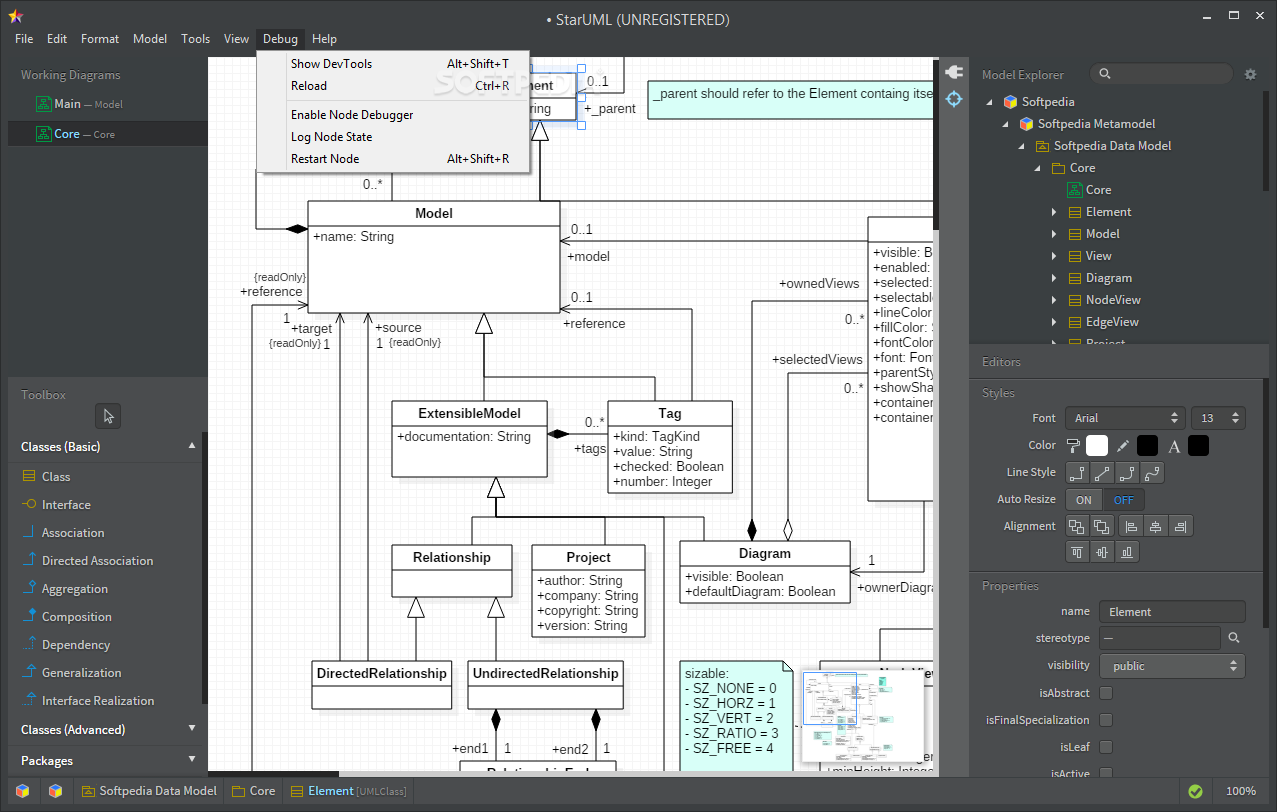

You can give examples of the previous works that show the interviewer what benefits you will bring to the company.

#STAR UML HOW TO#
Read more: How to Become a Business Analyst in 2023 2. A business analyst should have the capabilities to fulfill the business objectives and balance the needs of various stakeholders. You can answer this question by explaining that a business analyst is a liaison or a link between different stakeholders belonging to different domains in an organization. It is the most fundamental question you can expect during your interview. What is the role of a business analyst in an organization? Here is a video on Business Analyst Interview Questions and Answers that will acquaint you with the top questions you can expect in any business analyst interview.īasic Business Analyst Interview Questions 1. Therefore, highlighting your technical capabilities in a limited timeframe is the only way to impress your potential recruiter and prove your expertise. It is essential to prepare for a business analyst interview in advance as the competition level is high, and there are multiple candidates with similar skill sets and experience levels.
#STAR UML PROFESSIONAL#
Whether you are a professional business analyst or aspiring to be one, preparing for popular business analyst interview questions is imperative.
#STAR UML FULL#
The business analyst job profiles are very lucrative, full of potential, and offer higher remuneration.
#STAR UML UPDATE#
IntelliJ IDEA will update the source code accordingly.The role of a business analyst is to understand the business requirements, integrate them with technology, and act as the bridge between various stakeholders.

To delete the existing links, select the ones you don't need and press Delete. You can select the icon on the diagram toolbar to draw relationship links between elements in your graph. You can view members of the class, add new, delete the existing ones, see implementations, check parent classes, perform basic refactoring, add notes, and so on. When working with diagrams, use the context menu in the diagram editor to perform different tasks. To save the diagram as a file, right-click the diagram editor and from the context menu, select Export Diagram | Export to File and then the file extension in which you want to save the diagram. This might be helpful, when you generate a diagram on a package that contains inner packages. When you click through classes in the graph, IntelliJ IDEA greys out classes that do not reside in the same package. IntelliJ IDEA follows the UML conventions in showing relationships between the classes. You can click the icon to see class dependencies. The protected methods are displayed with modifier icons next to them. IntelliJ IDEA displays members with visibility not less than protected, such as public, package local, and protected ones. For example, to view protected methods, click on the diagram toolbar and select protected from the list. The lists are displayed based on the selected visibility level, which you can change. To see the list of methods, fields, and other code elements, select the appropriate icon on the diagram toolbar located on top of the diagram editor. You can press Control+F12 on the element to view a list of diagram elements and navigate between them. Select VCS | Uncommitted Changes| Show Local Changes as UML Command Alt Shift D. You can view your VCS local changes as a diagram. IntelliJ IDEA generates a UML diagram for classes and their dependencies. In the list that opens, select Java Class Diagram. In the Project tool window, right-click a package for which you want to create a diagram and select Diagrams | Show Diagram Command Alt Shift U). Such diagrams always reflect the structure of actual classes and methods in your application. IntelliJ IDEA lets you generate a diagram on a package in your project. Open the Installed tab, find the Diagrams plugin, and select the checkbox next to the plugin name. Press Control+Alt+S to open the IDE settings and then select Plugins. If the relevant features aren't available, make sure that you didn't disable the plugin. This functionality relies on the Diagrams plugin, which is bundled and enabled in IntelliJ IDEA by default.


 0 kommentar(er)
0 kommentar(er)
